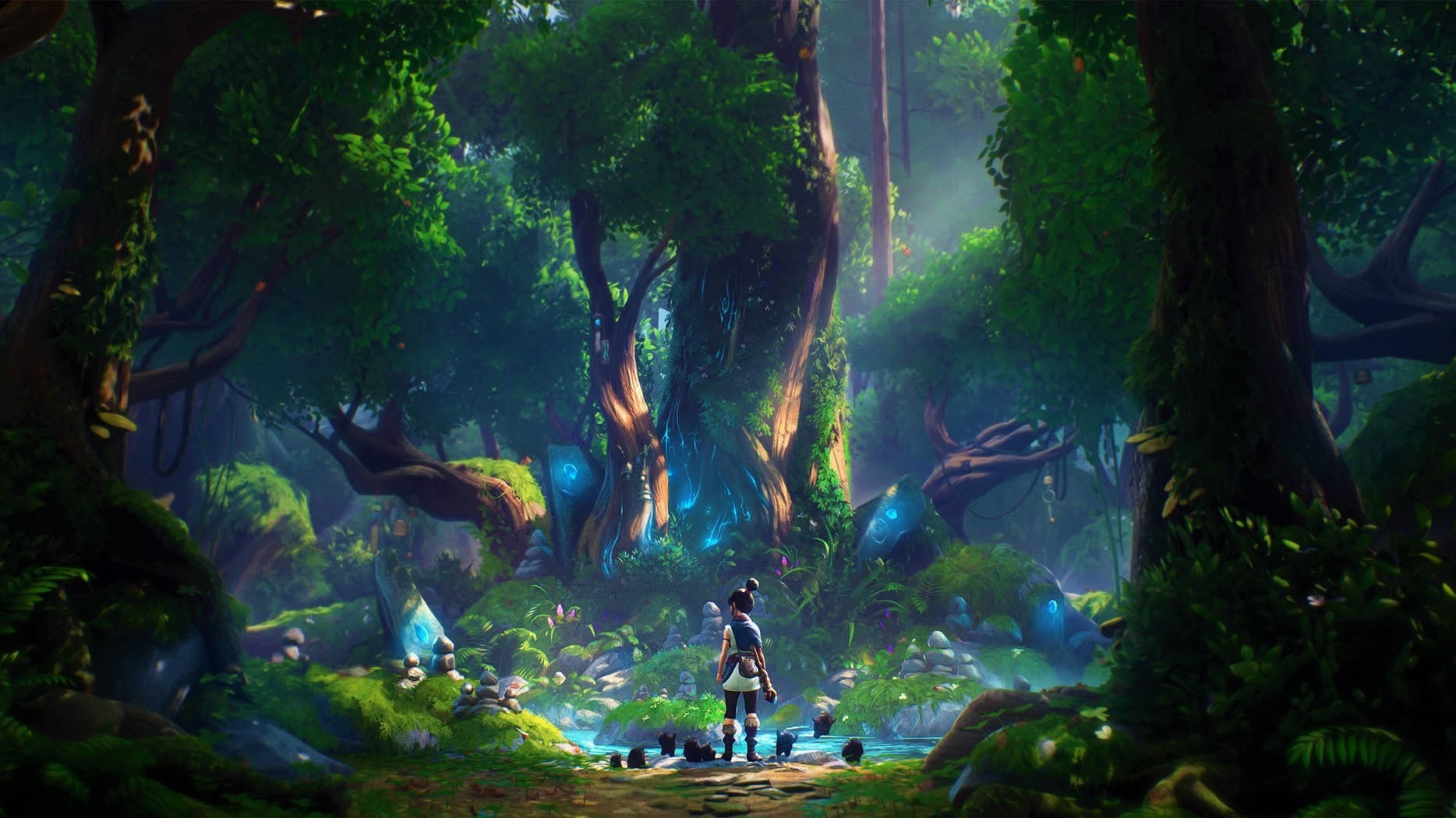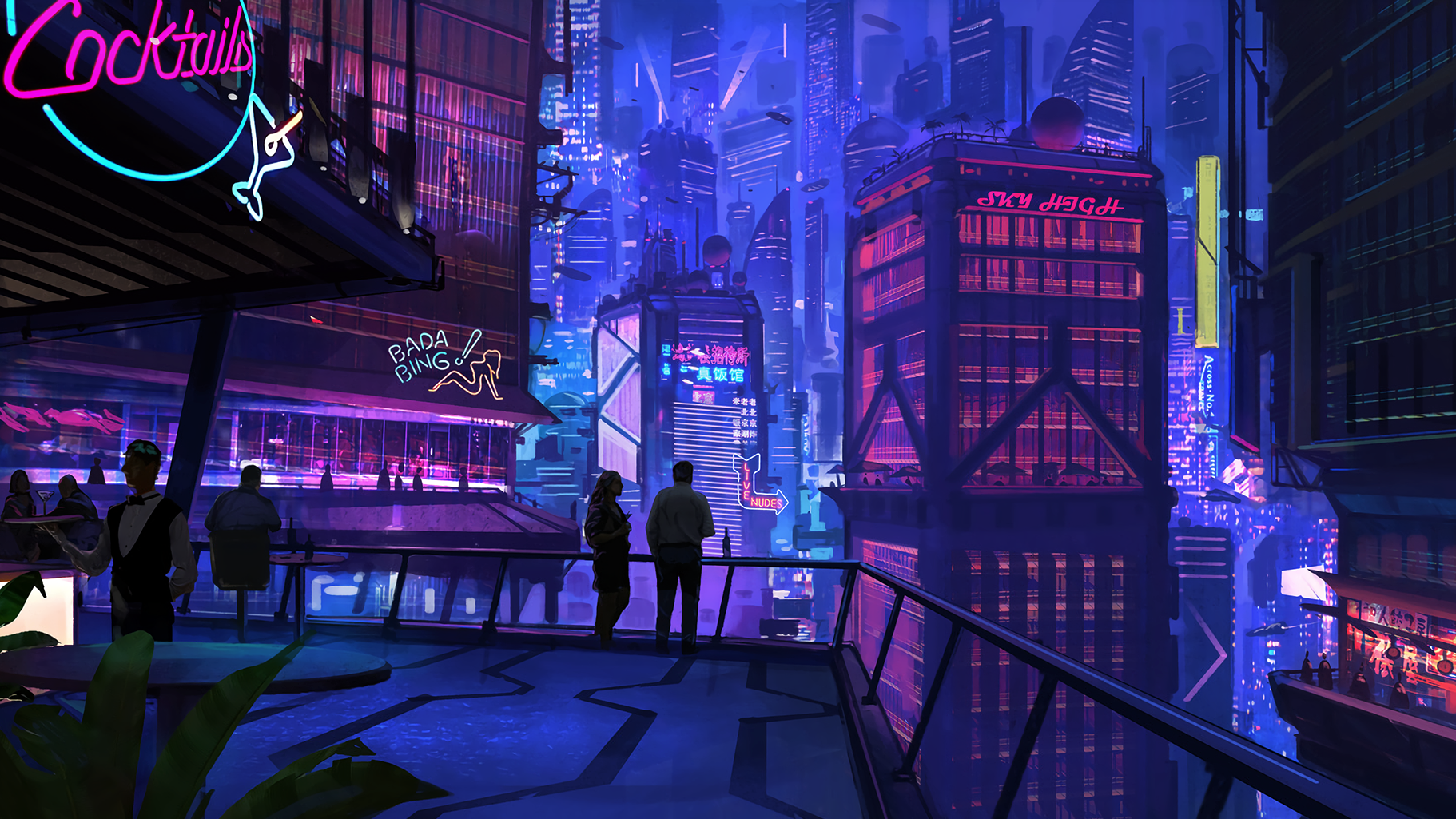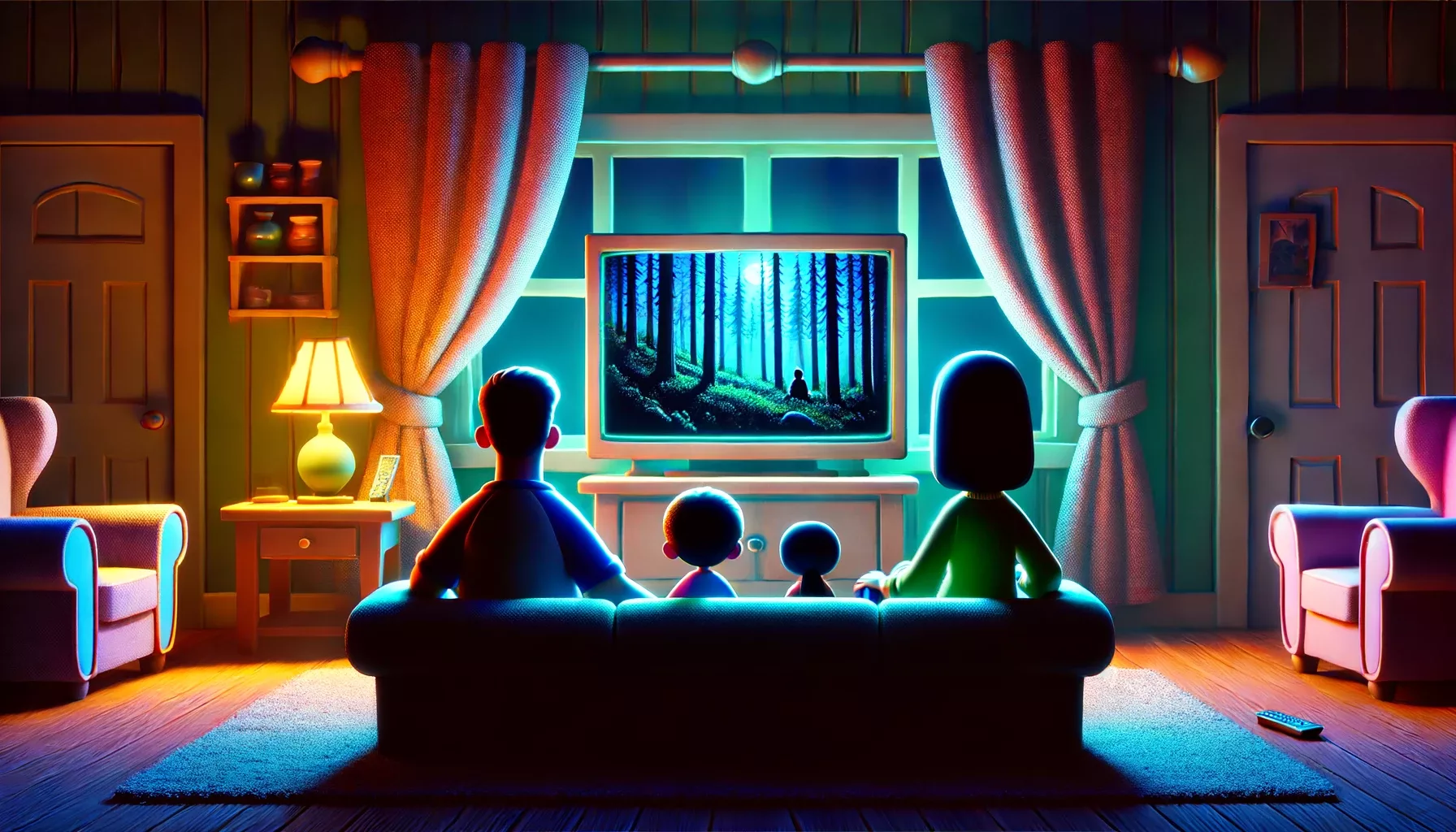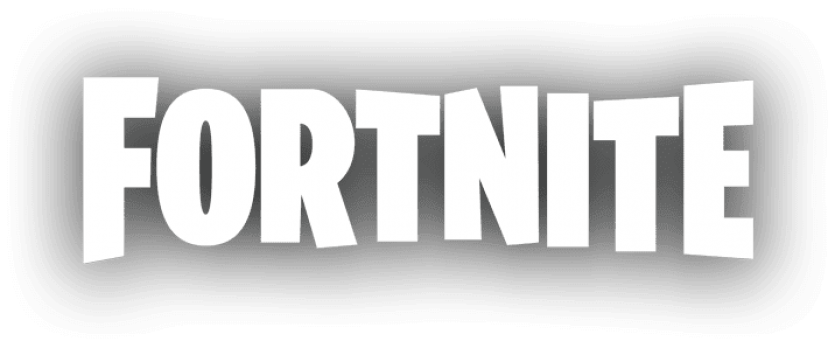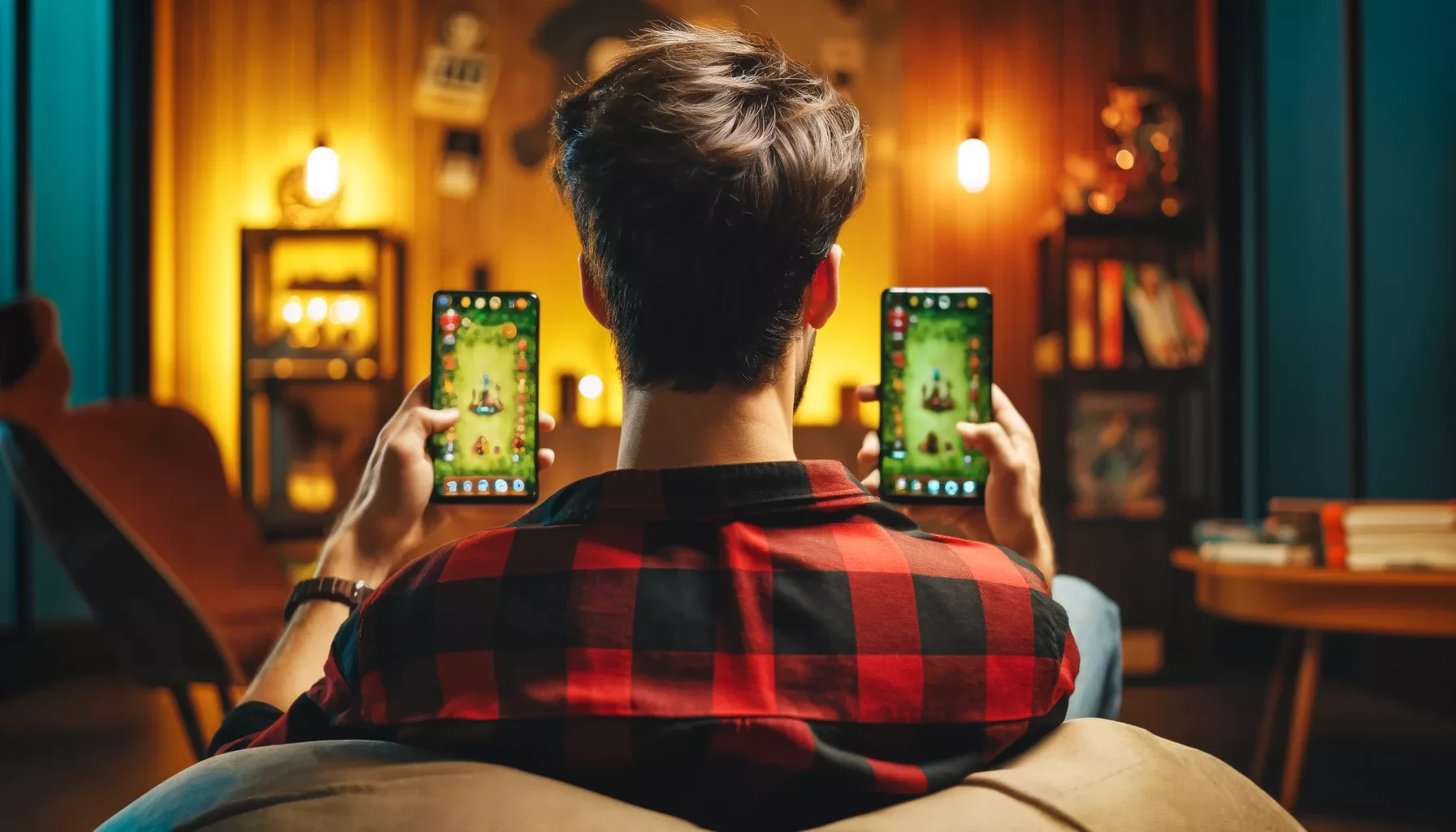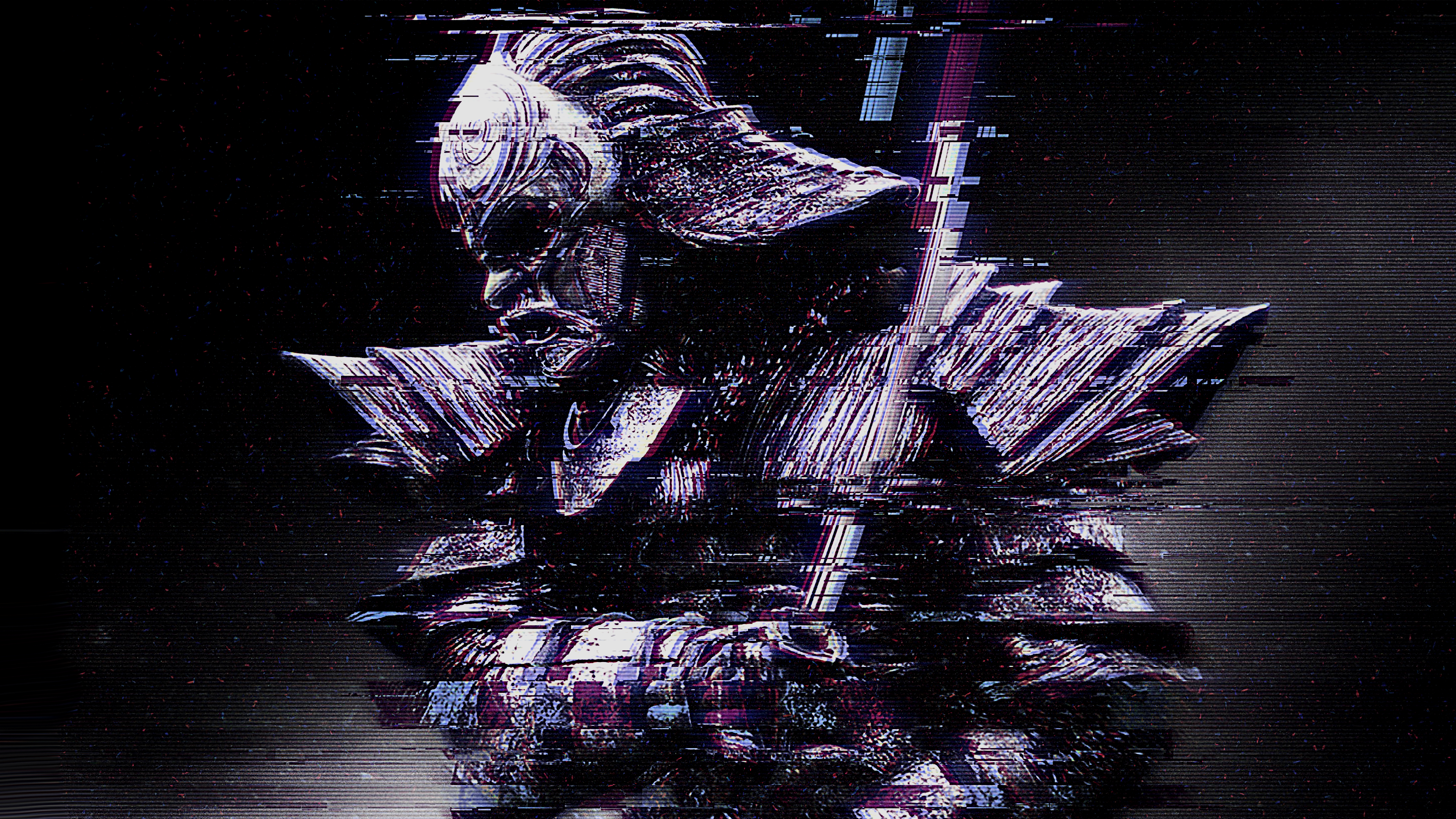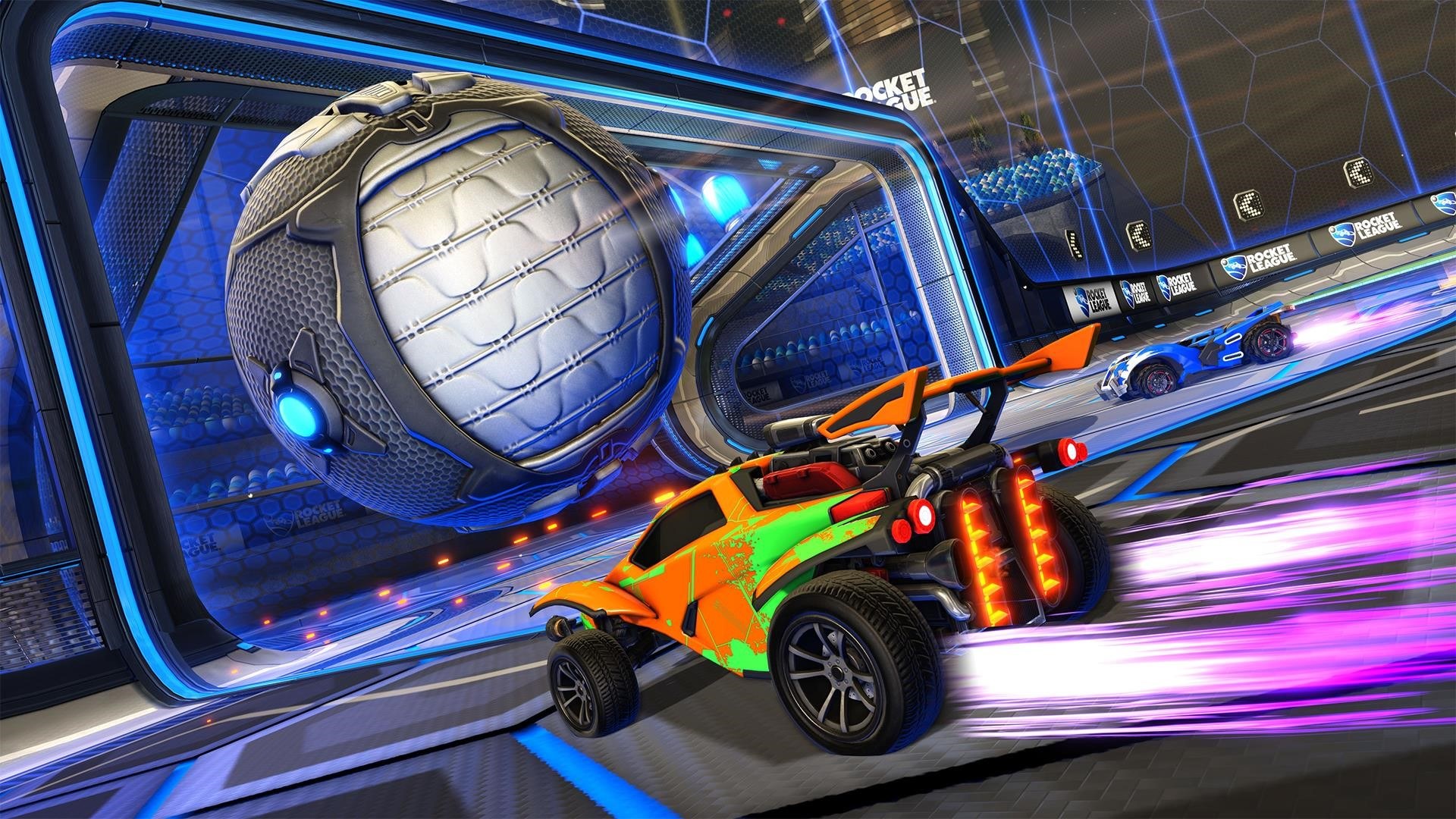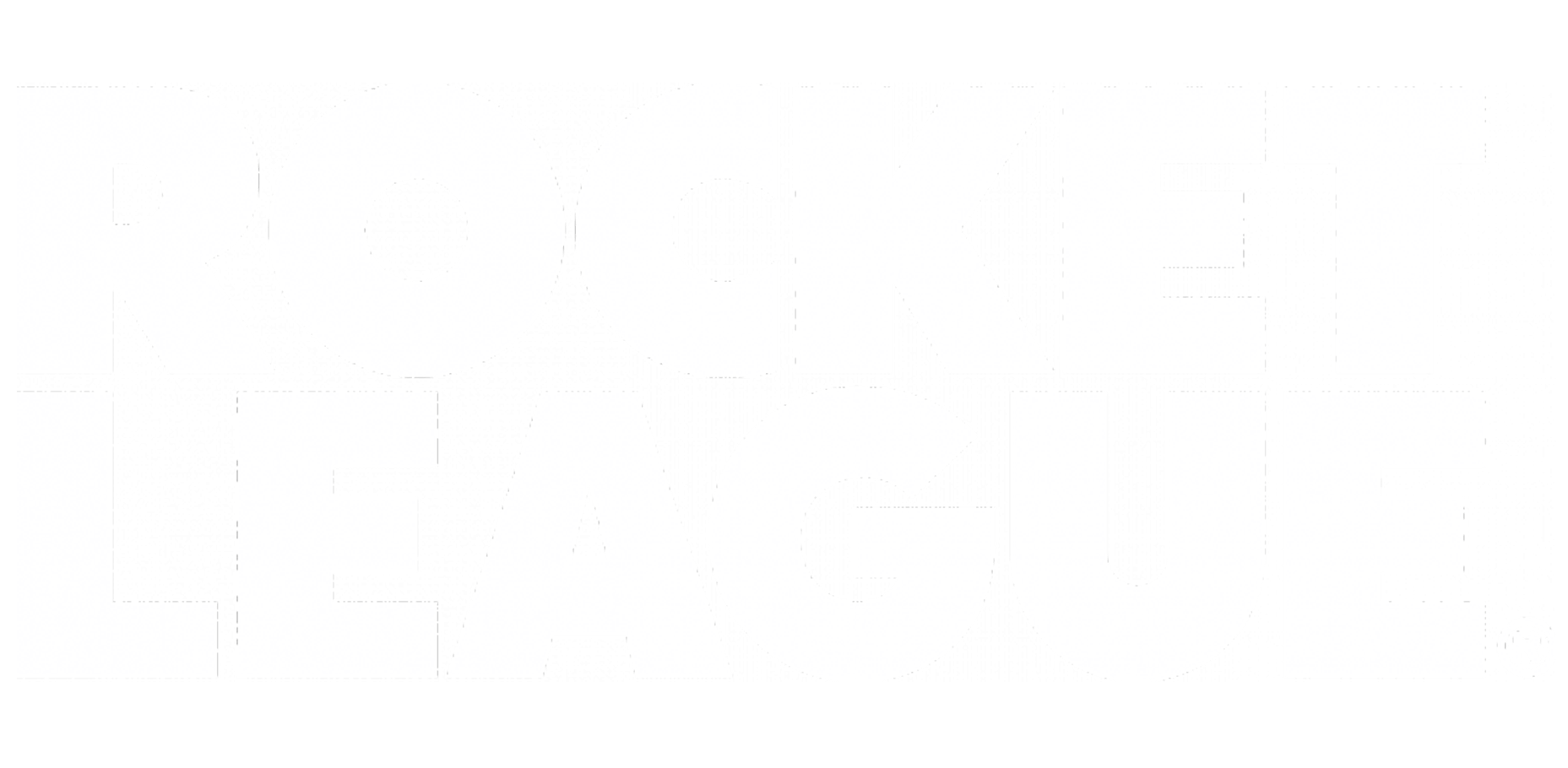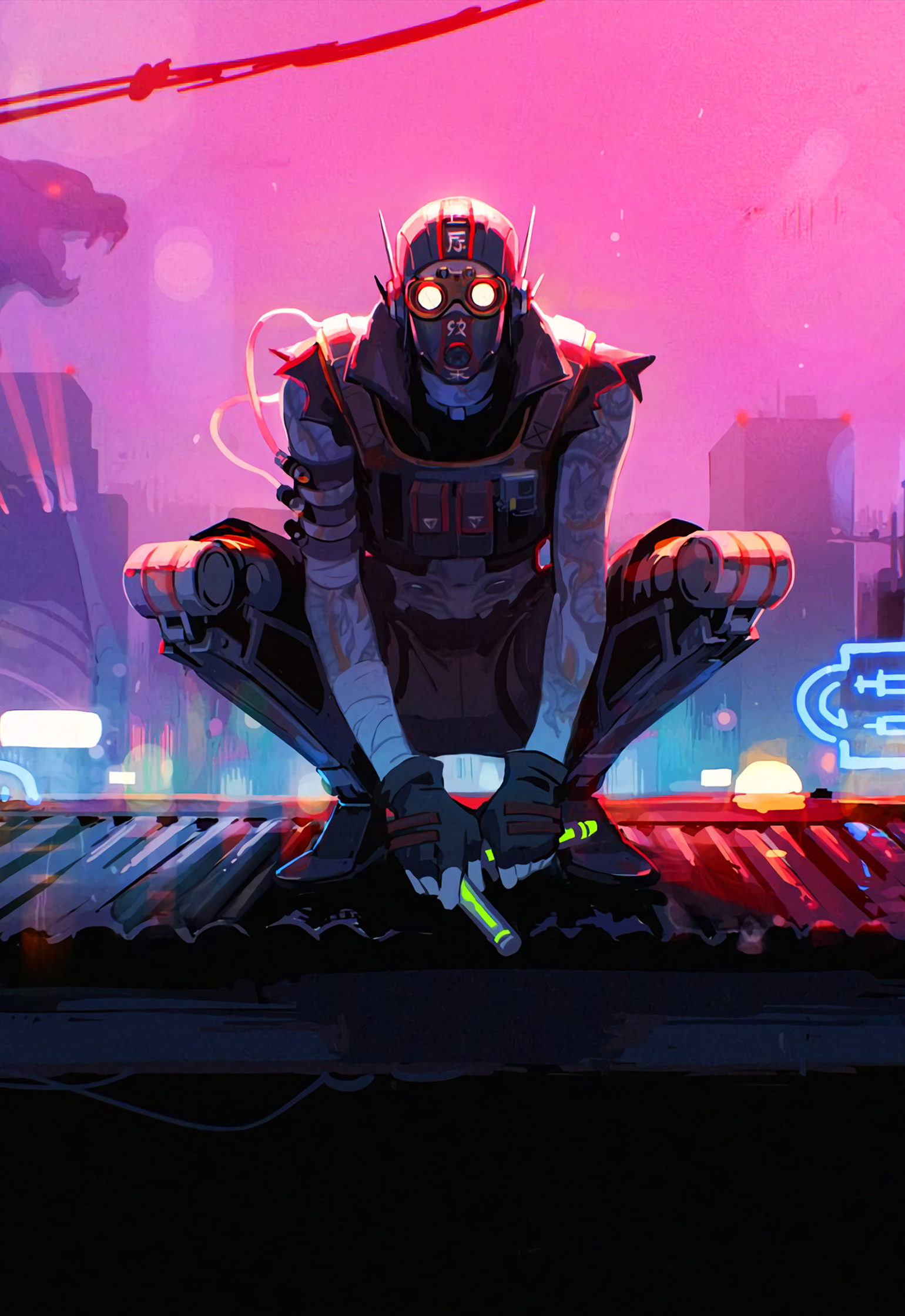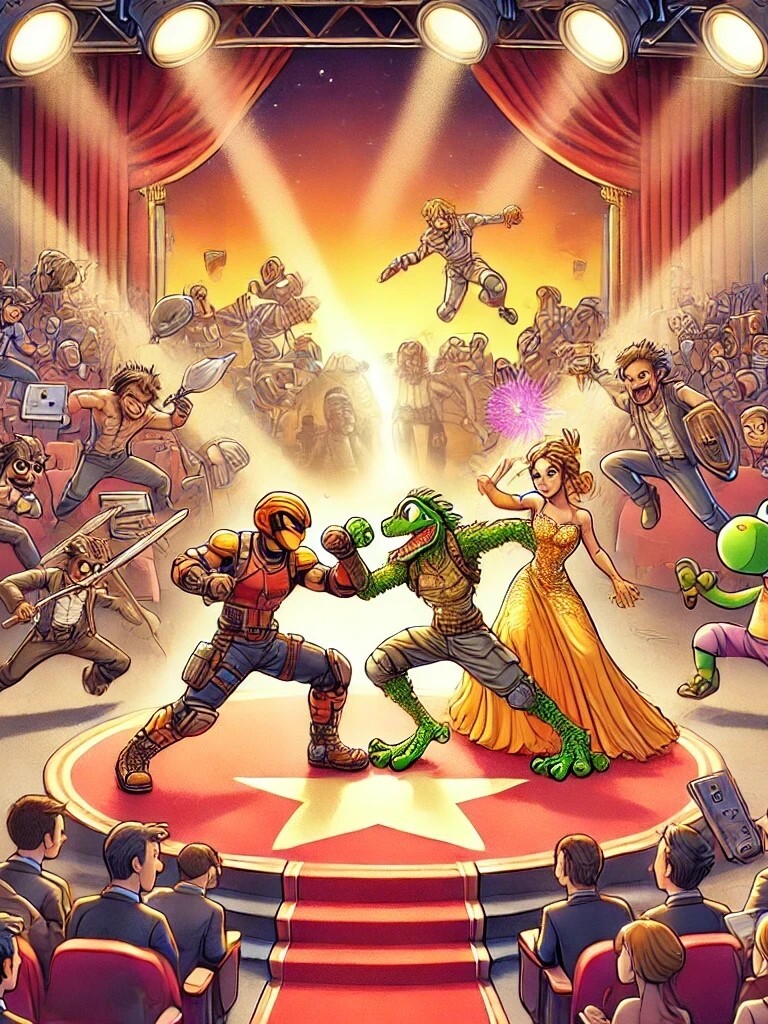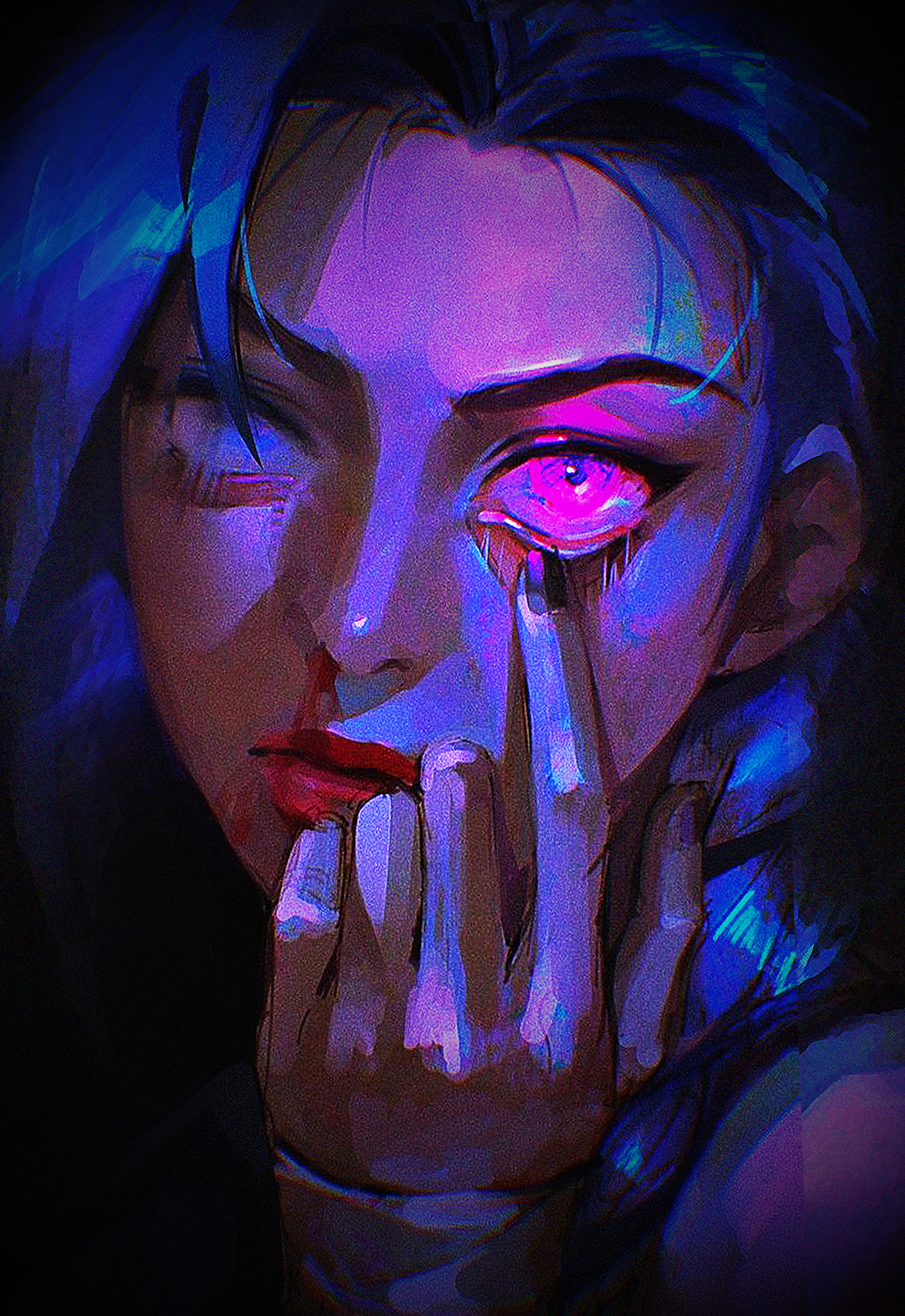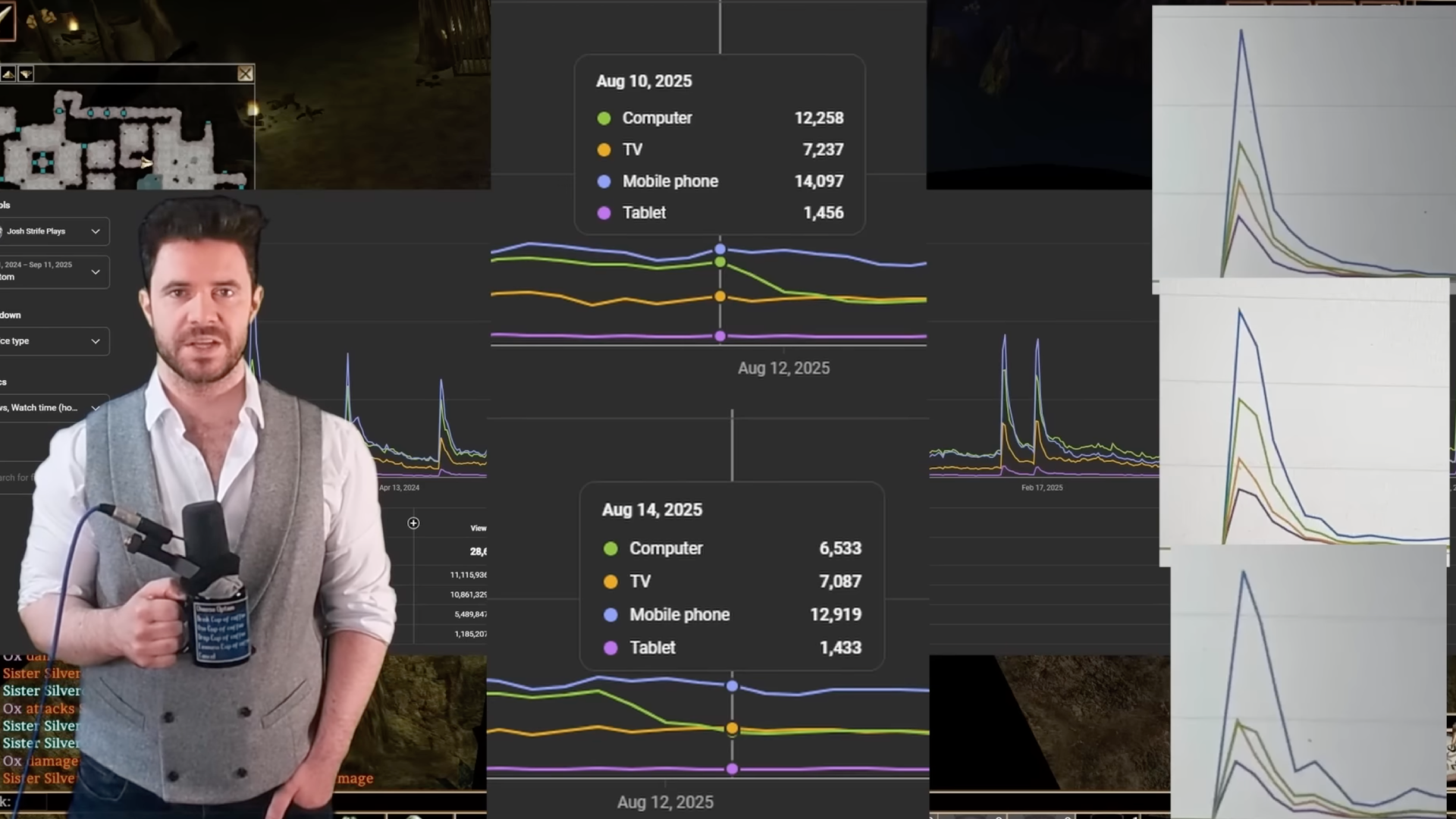You know a platform is truly transparent when it takes collaboration between 80 of its most seasoned creators to make an estimated guess on what's going on.
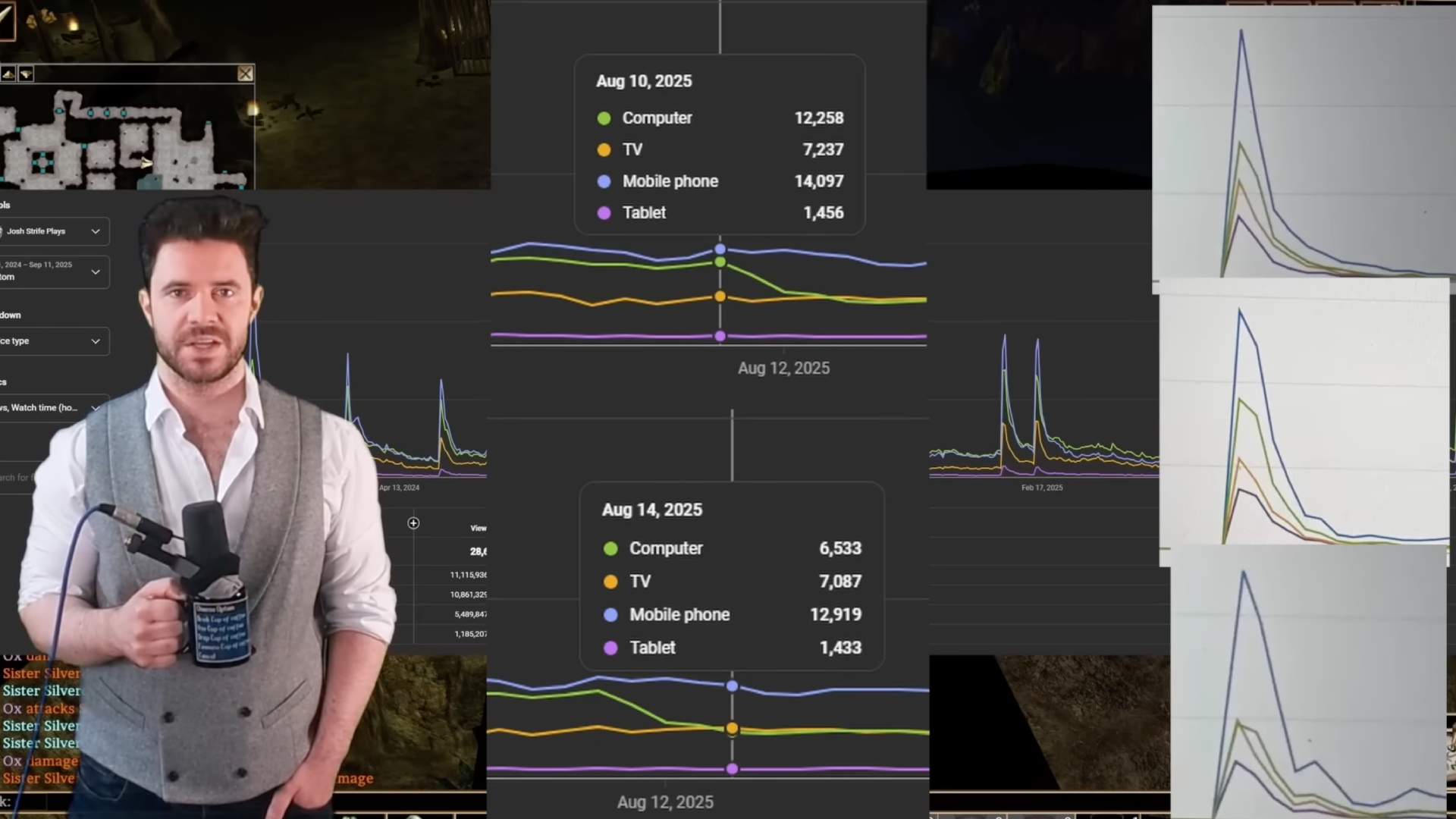
Over the last couple of years, the monetization model of social media and video-on-demand website YouTube has been criticized for apparently becoming increasingly aggressive, to the detriment of both users and creators... Even more so than before.
Despite its parent company Alphabet Inc. reporting a record $100 billion net revenue in 2024, the platform has increased the prices of its premium features, led the charge against adblock users and applied unwarranted filters to uploaded videos. And now, it allegedly secretly instituted a change to view counts, potentially harming nearly all of its content creators.
Initial Reportings
Ever since August 2025, multiple YouTubers have reported below-average view counts on their uploads, independent of content type and usual seasonal variance (August and September usually show a slight dip in view counts as summer holidays end and people have less free time to watch YouTube videos).
Various attempts to explain the phenomenon have surfaced, but most of them have been deemed unviable: YouTube automatically turning on restricted mode has affected only a vanishingly small number of users, shadow banning is a practice that has only rarely been reported on the platform and the new "Hype" feature is still too niche to have any major effect on the algorithm.
Notably, YouTube has recently confirmed to have changed the way video views are counted – but exclusively for YouTube Shorts, the TikTok-inspired short-form content subsection of the platform. Regular uploads, like those of the YouTubers that initially raised the alarm (such as Linus Tech Tips, Red Letter Media and Josh Strife Hayes) should theoretically not be affected.
First Investigation
However, with his video "PROOF YouTube has changed how views work" from September 13, Josh Strife Hayes, owner of multiple channels himself, sought to present evidence that such changes have been made without the company informing the wider public.
By comparing his own view analytics across different user device types and contrasting his findings with those of other content creators, he was able to confirm that after August 10, desktop views fell out of correlation, dropping significantly, while other sources continued normally. This only seemed to affect long-form videos, not YouTube shorts.
On September 15, after gathering more data from 80 other channels across different genres, regions and demographics, Hayes followed up on his original video with "I think I know why views dropped. I Think @thespiffingbrit is incorrect". He had discovered that ad revenue did not drop along with the views, suggesting the original views were unmonetized, and that channels with older, more PC-inclined audiences suffered from larger drops.
Further Findings
When additionally considering that on August 10–11, several reports surfaced on sites like Reddit, DownDetector and Twitter about YouTube breaking for users with Adblock Plus, it would seem logical to conclude that the dip in views may be caused by the platform no longer including views by adblock users in the count.
And considering that these views were unmonetized anyways, this shouldn't really be a problem... Right? Unfortunately, there are more downsides to this change than meet the eye: First of, the platform instituting such a change without at least informing creators sets a bad precedent, with people whose livelihood depends on their understanding of the system being left in the dark.
Second – and most important – is the fact that view counts don't just matter for direct ad revenue: Less views also means less potential for the video to be recommended by internal algorithms. Views are also often used as a metric for sponsorship payouts, with a larger audience translating to more potential customers for the advertised product. Even if the viewers use adblock, they may still purchase a product based on the YouTuber's advice, meaning that the change threatens to undercut the amount of money the creatives could usually expect for sponsorships.
But what do you think? Does this change actually threaten the livelihoods of some of these influencers? Or are they exaggerating their panic for attention? Let us know in the comments!
